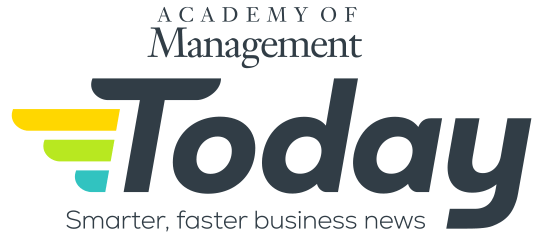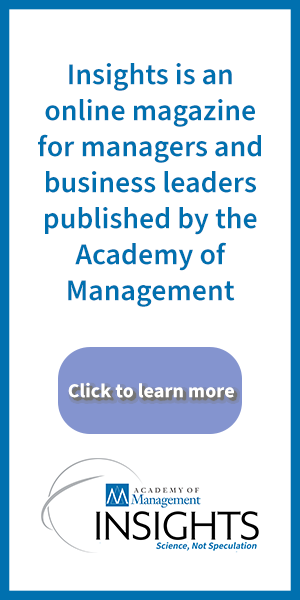Published on: May 8, 2025 at 8:23 pm
Whether you’re a CEO or rank-and-file employee, and no matter how good you are at the nuts-and-bolts aspects of your job, ignore social-emotional factors in the workplace at your peril.
Academy of Management Scholar Jessica Methot of Rutgers University and the University of Exeter—who coauthored an Academy of Management Journal article on that topic with Emily Rosado-Solomon of Babson College, Patrick Downes of the University of Kansas, and Allison Gabriel of Purdue University—said that it’s important to ask ourselves questions such as: Am I feeling especially disconnected today? Have I talked to anyone outside of my home?
“We can assess our own social-emotional health and how much time we spend interacting with other people—don’t fall victim to mistakenly seeking solitude,” Methot said. “Some people tend to avoid small talk, either because they overestimate how awkward they seem or they don’t see any benefits to it.
“Part of it is elevating and highlighting the benefits of having small talk, because it isn’t difficult; it doesn’t take too much effort; it isn’t too intimate, and it still helps boost our energy,” she said. “Remotely, we want to think about how we can recreate or create new social rituals for our teams.”
Social rituals at work include weekly check-ins, project retrospectives, and celebratory events for milestones or achievements.
“If we’re bringing our team back into the office, let’s say we’ve got a group who was working remotely or is working in a hybrid schedule, we might not be able to go back to the way that it was and recreate the exact workplace situation or climate that we had before,” Methot said.
Most people—bosses and employees alike—have to adapt to changing work environments. Creating new social rituals fosters better teamwork and helps with maintaining a positive culture.
“What does this new social ritual look like? What does our team need now? How can we innovate but still ensure that we use that as a norm in our team or in our organization,” Methot said. “We can also integrate spontaneous conversations into our remote work ecosystem, so we and colleagues could try setting our availability, specifying times for when others can connect with us.
“A social ritual could be as simple as encouraging team members to join meetings five minutes early to catch up informally and say, ‘Hey, how’s everyone doing?’”
A sample of Methot’s AOM research findings:












